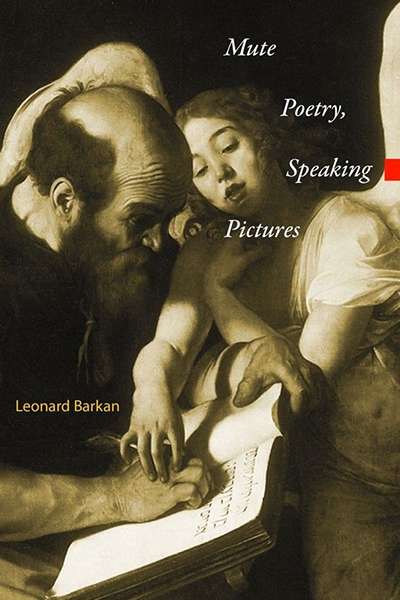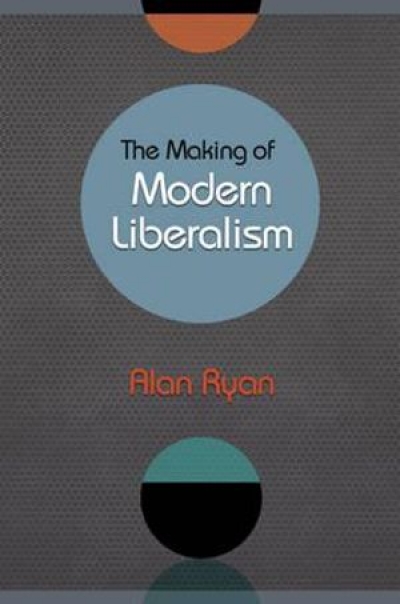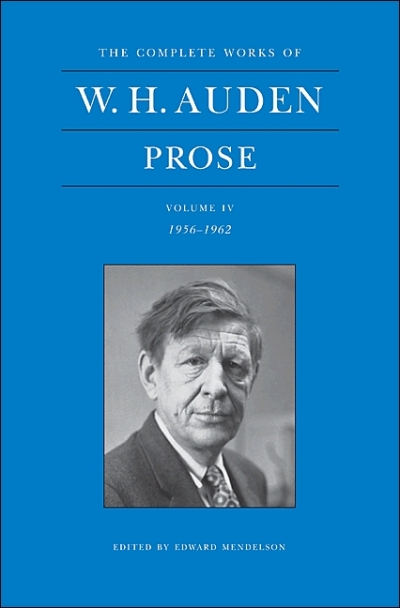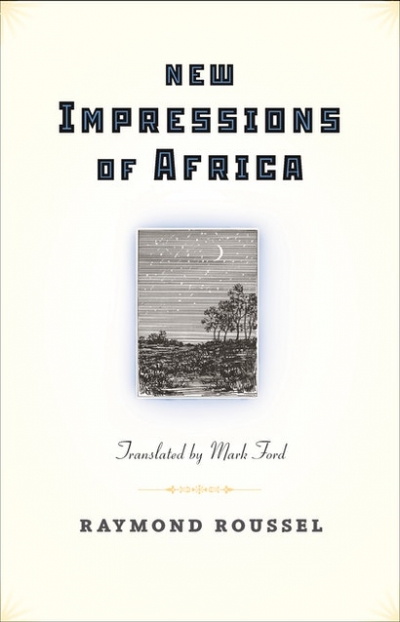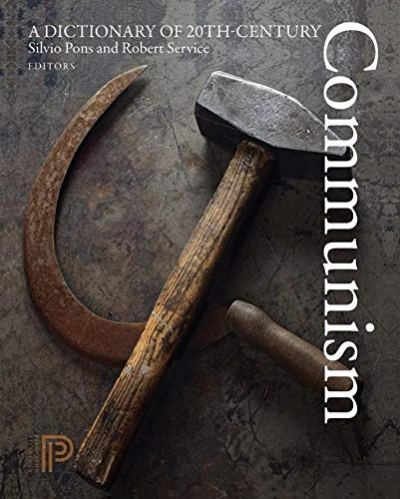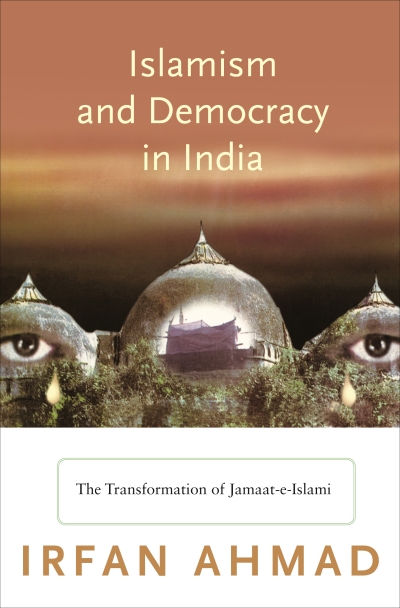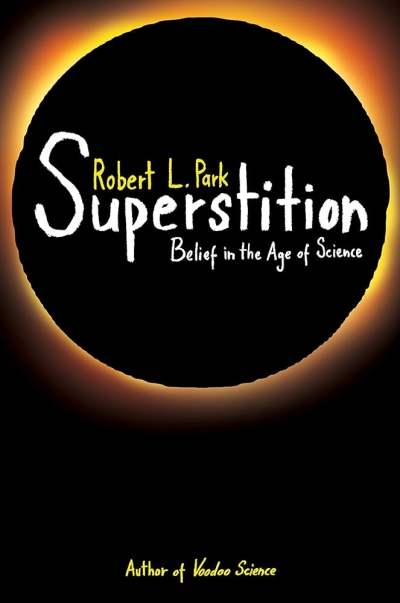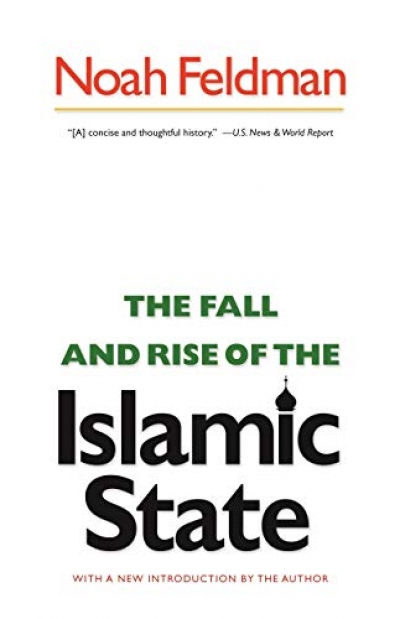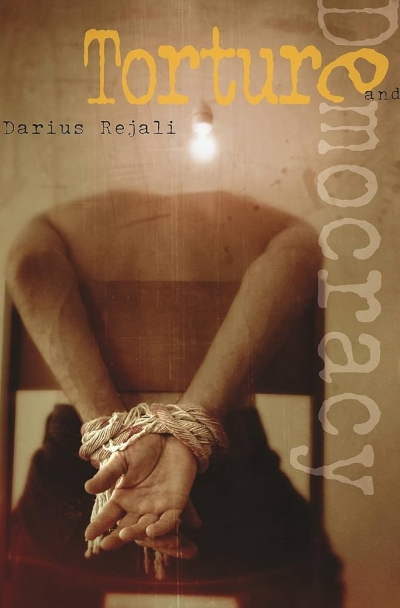Princeton University Press
The Joy of Secularism: 11 Essays for How We Live Now edited by George Levine
by Tamas Pataki •
The Complete Works of W.H. Auden, Prose, Vol. IV 1956–1962 edited by W.H. Auden
by Simon West •
New Impressions of Africa: Nouvelles Impressions d’Afrique by Raymond Roussel, translated by Mark Ford
by William Heyward •
A Dictionary of 20th-Century Communism edited by Silvio Pons and Robert Service, translated by Mark Epstein and Charles Townsend
by Stuart Macintyre •
Islamism and Democracy in India: The transformation of Jamaat-e-Islami by Irfan Ahmad
by Greg Barton •

